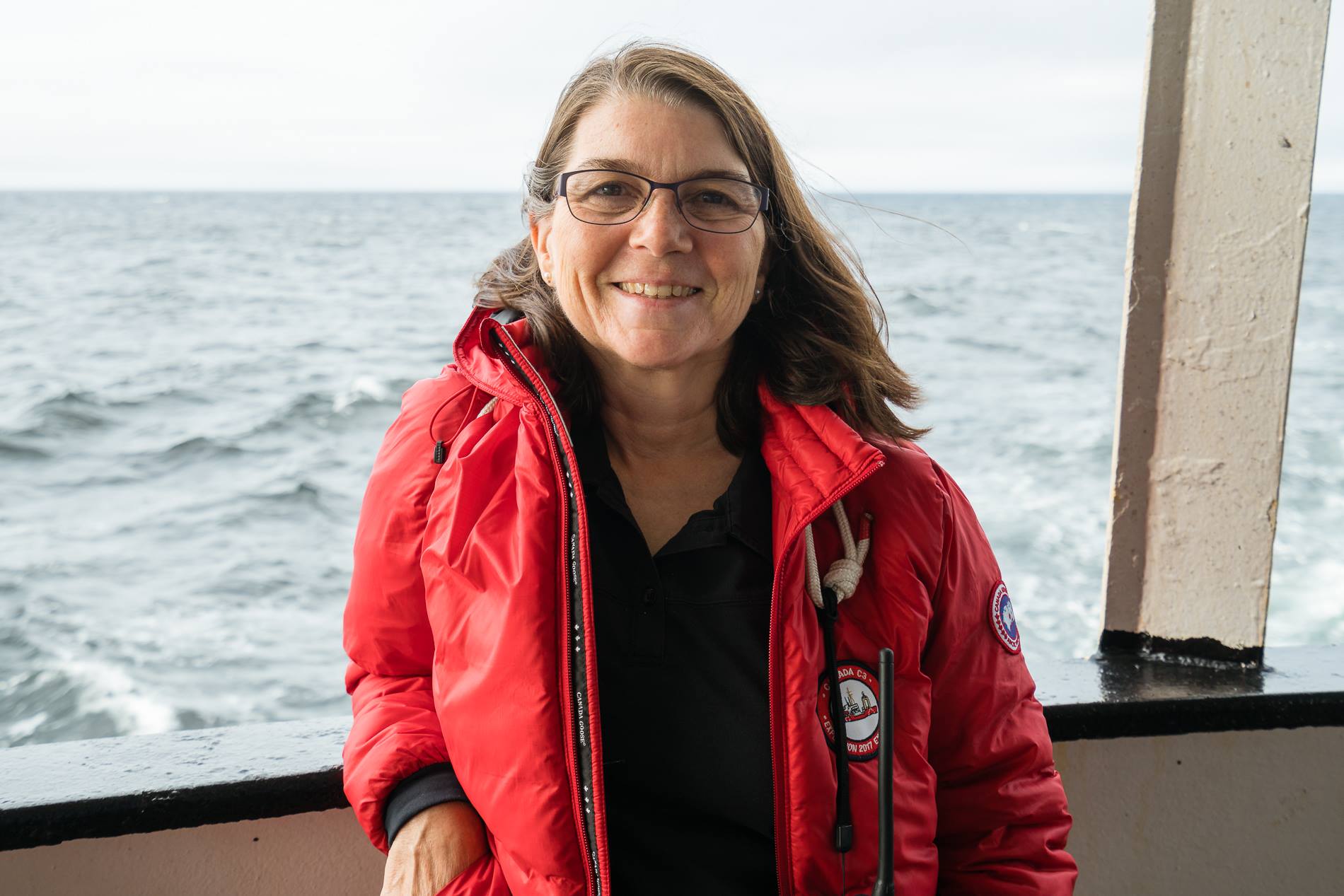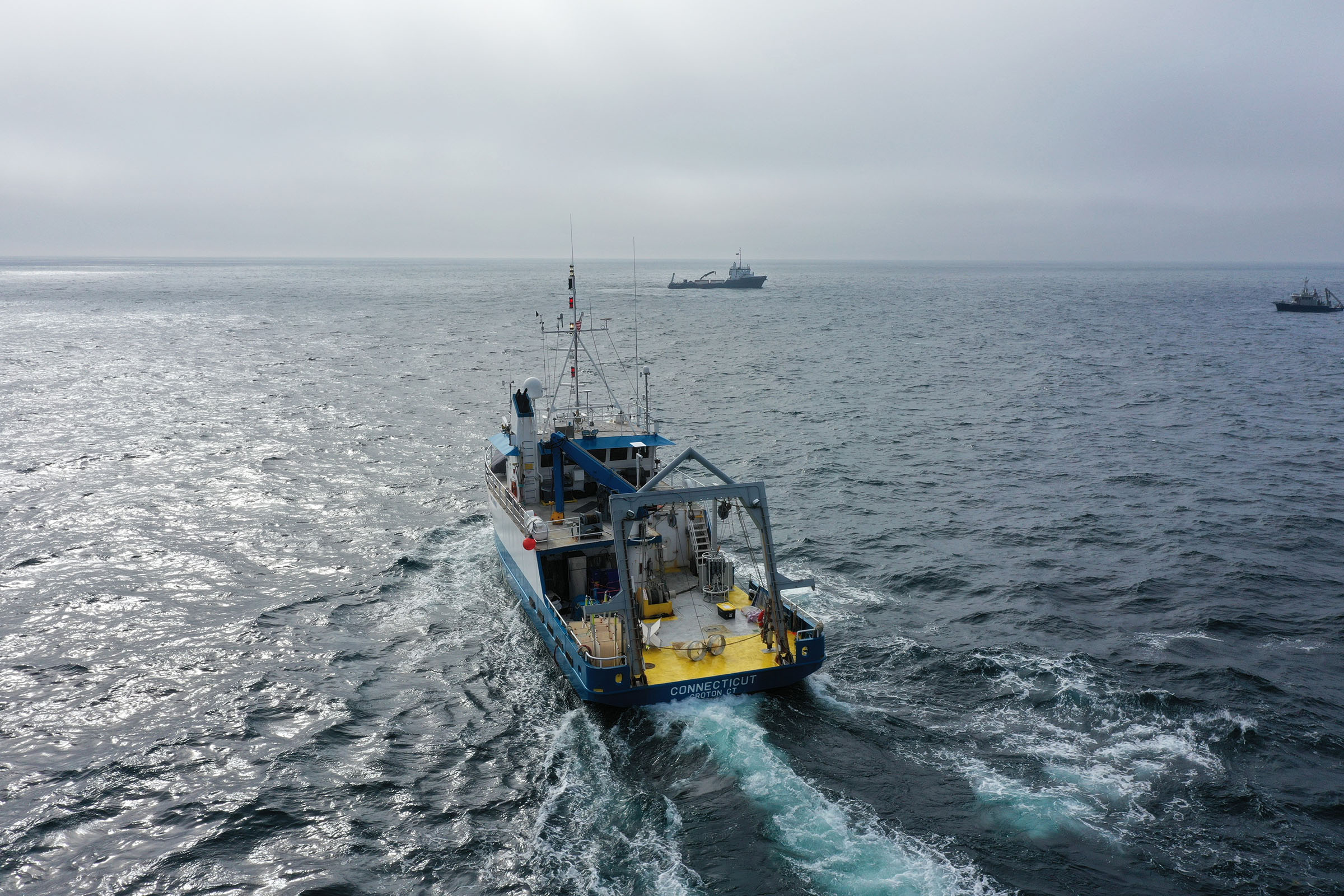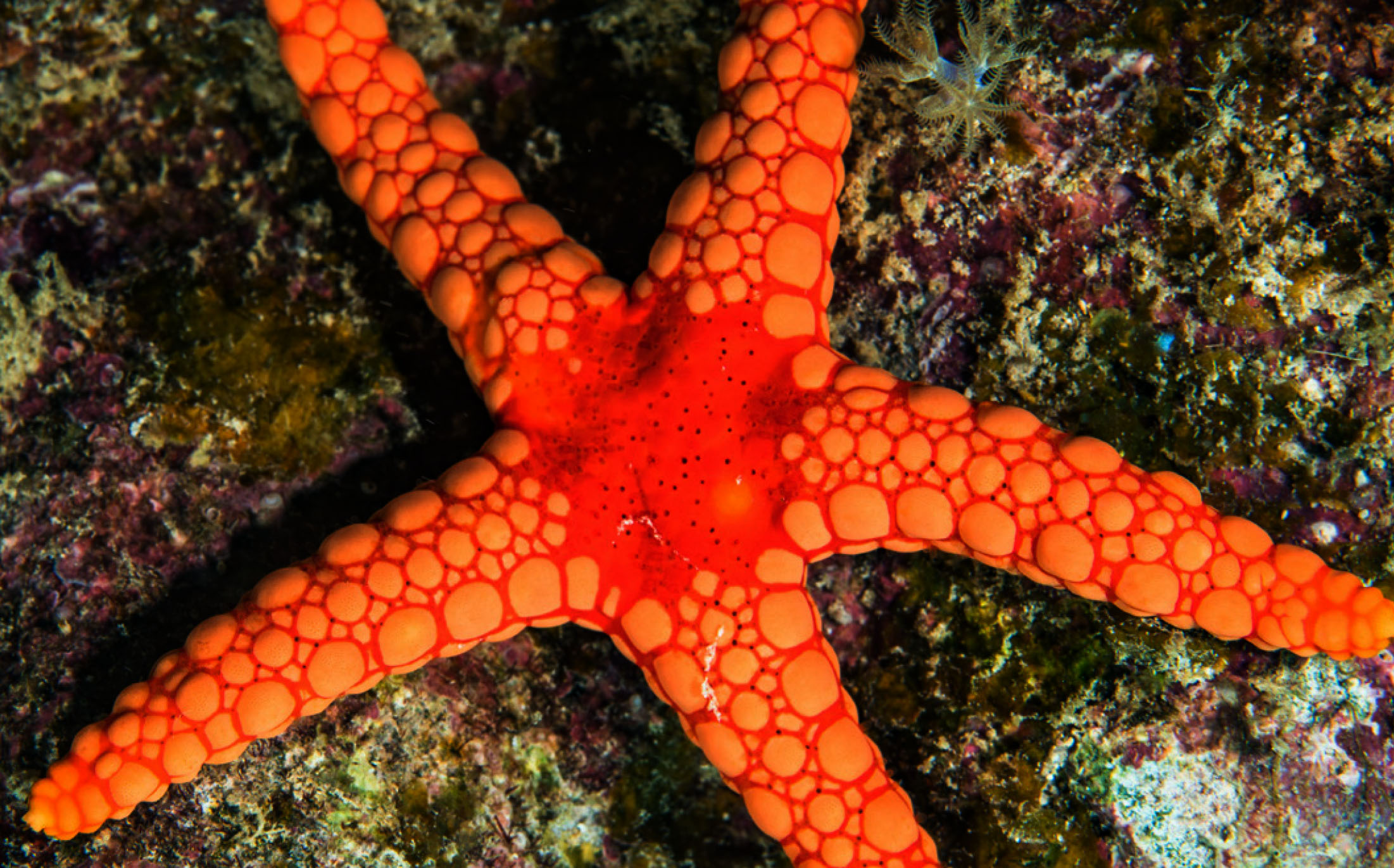Carbon to Sea and COVE’s joint learning opportunity is supporting research and field-building for ocean alkalinity enhancement (OAE) projects in the Bedford Basin of Halifax, Canada. We recently spoke with Dr. Julie LaRoche from Dalhousie University, who is conducting foundational research on OAE’s long-term effects on bacteria and phytoplankton, bringing lab-based research into a real-world setting. Read her Q&A below to learn more about her work.
We previously highlighted the work of joint learning opportunity recipients Dr. Chris Algar (HERE) and Sequoia Scientific (HERE), as well as the OAE research being led by Woods Hole Oceanographic Institution’s Adam Subhas (HERE).
What is the goal of your research with the joint learning opportunity, and how does it fit into your previous research?
Environmental DNA — bacteria, phytoplankton, fish cells, and their waste (taken together, what we call “the dandruff of the sea”) — are crucial for assessing a marine ecosystem’s function and overall health. Phytoplankton is crucial in maintaining ocean productivity, and bacteria play an important role in nutrient cycling, contributing to the ocean’s regulation of greenhouse gases like carbon dioxide, nitrous oxide, and methane. By closely analyzing this environmental data, we can discern if and how the addition of alkalinity might impact pelagic and benthic communities and ocean processes. Understanding potential impacts is critical to ensuring that the potential positive effects of OAE’s carbon removal aren’t negated by unintended environmental impacts.
I’ve been conducting microbiology surveys in the Bedford Basin since 2014, so I have a strong relationship with and understanding of the system. With the joint learning opportunity, I’ve been able to deepen my focus on phytoplankton and bacteria and study these microbial communities in a more robust, quantitative way — including OAE’s potential impact on the cycling of carbon and nitrogen. We’re collecting and analyzing samples before, during, and after the release of alkalinity in the OAE field trial, and both inside and outside of the alkalinity plume. All of this will help us gain a comprehensive understanding of any impacts over the long-term, inclusive of better understanding the relationship with seasonal weather and water conditions.
What motivated you to apply for the joint learning opportunity, and how does your research create momentum for our collective understanding of OAE?
Earlier in my career, I was focused on conducting research primarily to increase knowledge within the scientific community. The joint learning opportunity presented a chance to fill scientific gaps while also contributing to advancing R&D on ocean-climate solutions. I’m glad that aspects of my research can advance our understanding of an approach that has the potential to mitigate aspects of global warming.
This work is creating momentum for OAE through a rigorous and quantitative evaluation of the impact on the phytoplankton and bacteria that underpin the rest of the ocean ecosystem.
Even with my extensive background knowledge of the Bedford Basin, I wouldn’t have been able to conduct such a robust, high-quality study in a real-world setting without the support of the joint learning opportunity and the other partners involved. Planetary Technologies has been a key partner, as they have the financial backing, permitting approvals, and partnerships required to add alkalinity into the Bedford Basin — enabling researchers and scientists like me to ask and answer key questions as to OAE’s safety, efficacy, and permanence.
What is the process you’re undergoing to conduct this research?
I’m working alongside a number of technicians and post-grad researchers to collect and analyze hundreds of eDNA samples from the basin across seasonal cycles and environmental conditions. Particles containing the DNA are collected on filters, then frozen in liquid nitrogen until we are ready to analyze them by extracting the DNA and sequence it. One novel aspect of this work includes the use of short DNA spikes that will allow us to track extraction efficiency and intercompare the DNA concentration from different samples in a more quantitative way.
I’m also working with Dr. Chris Algar on the joint learning opportunity project he’s leading, to explore eDNA analysis as a potentially more effective and less disruptive form of benthic sampling of biodiversity. This has broad implications for the future of marine microbiology field research and data analysis, and I’m grateful to be a part of this first-of-its-kind project.
What are the next steps for your research and, more broadly, for advancing understanding of the environmental safety of OAE?
As a marine biologist, I recognize OAE as a promising technology with high potential for protecting our climate. Early in my career, I was initially very skeptical of any attempts to interfere with natural ocean processes — especially in efforts to mitigate the effects of climate change, rather than focusing exclusively on reducing emissions. Now I recognize that it may be possible and necessary to mitigate as well as reduce emissions.
My research, through the joint learning opportunity, is about assessing the effect of OAE on the marine plankton and microbes — the little engines that drive ocean productivity and nutrient recycling. It’s possible that the addition of alkalinity to seawater could help draw down significant amounts of atmospheric carbon while also lessening the impact of ocean acidification. But we need to fully understand any biological impacts of OAE before we develop and scale it as a climate solution.
Although we are still analyzing the data, our initial results are suggesting no discernible impacts of OAE on phytoplankton or the microbiome, which is a promising sign that OAE may be proven safe for fish, marine mammals, and the marine ecosystem function as well. There’s a lot more research and testing that needs to happen in order to draw those conclusions, and that work isn’t feasible without community buy-in, permit approval, and government support. I hope that the results of this joint learning opportunity can drive increased awareness and support for rigorous OAE research, so that we can answer key questions about its safety and promise as a climate solution.



